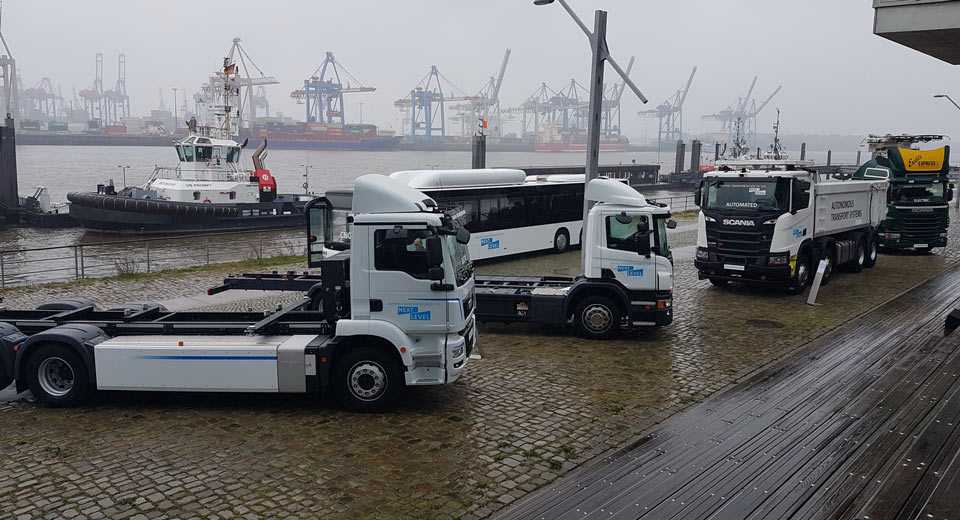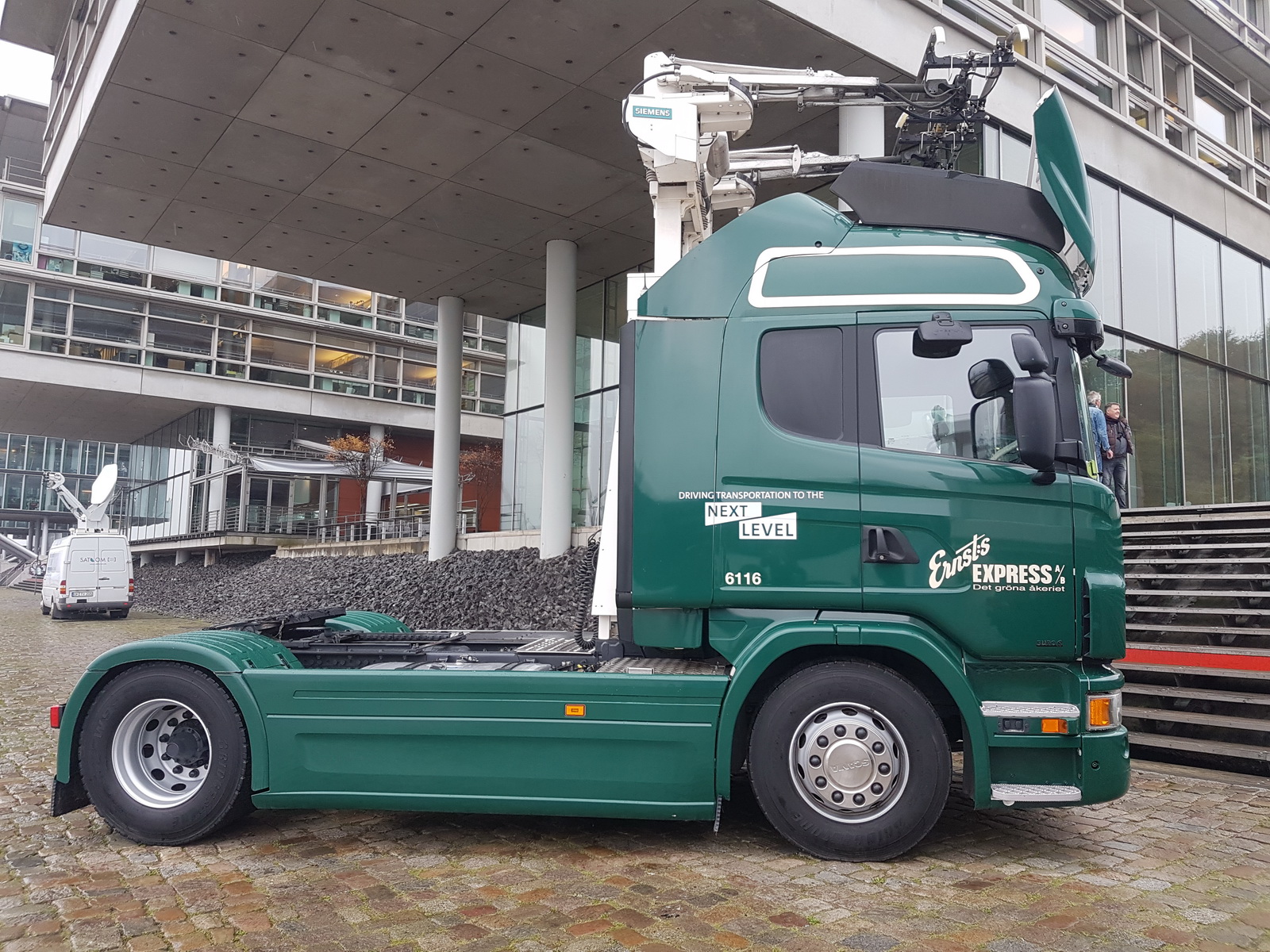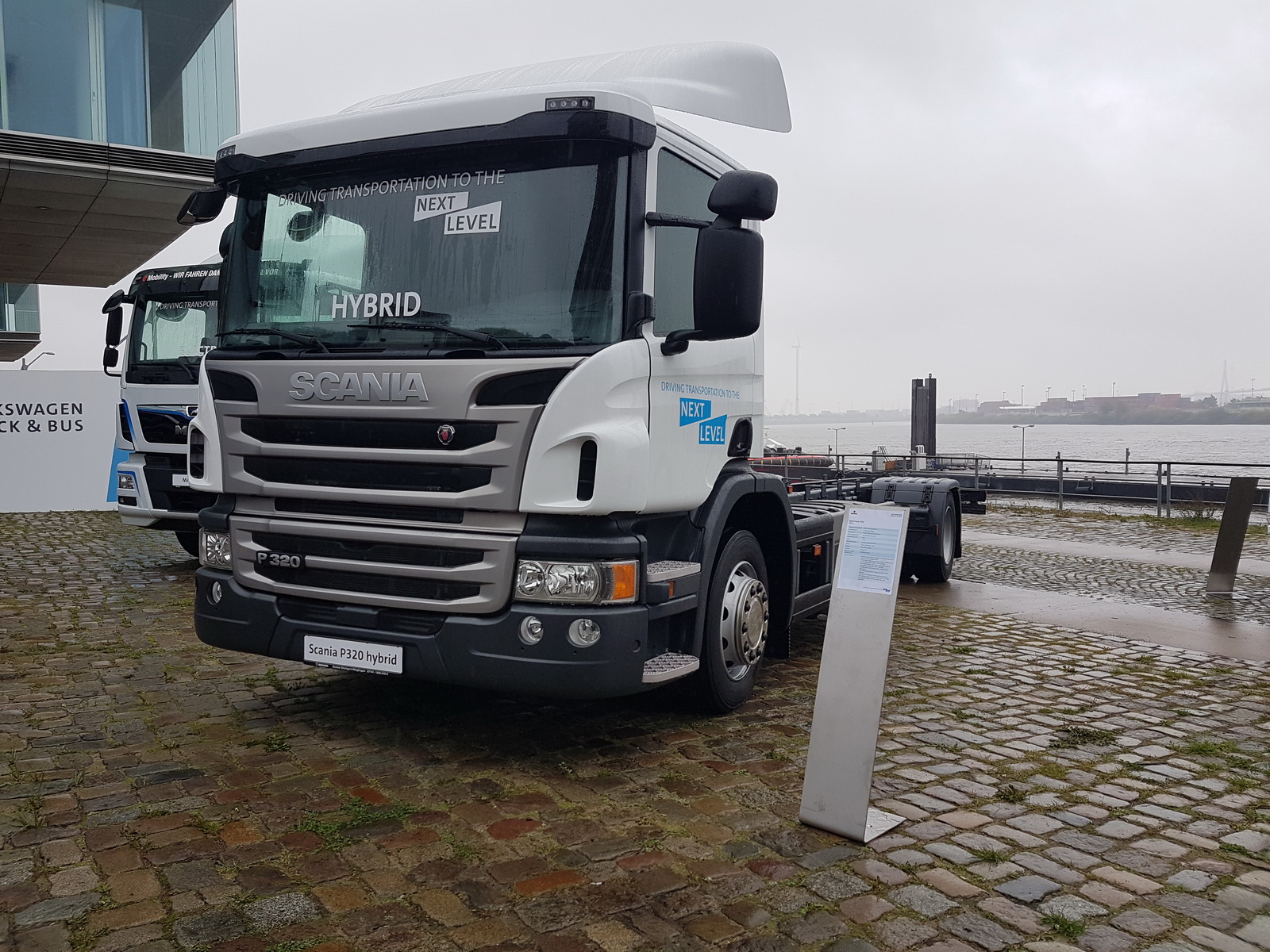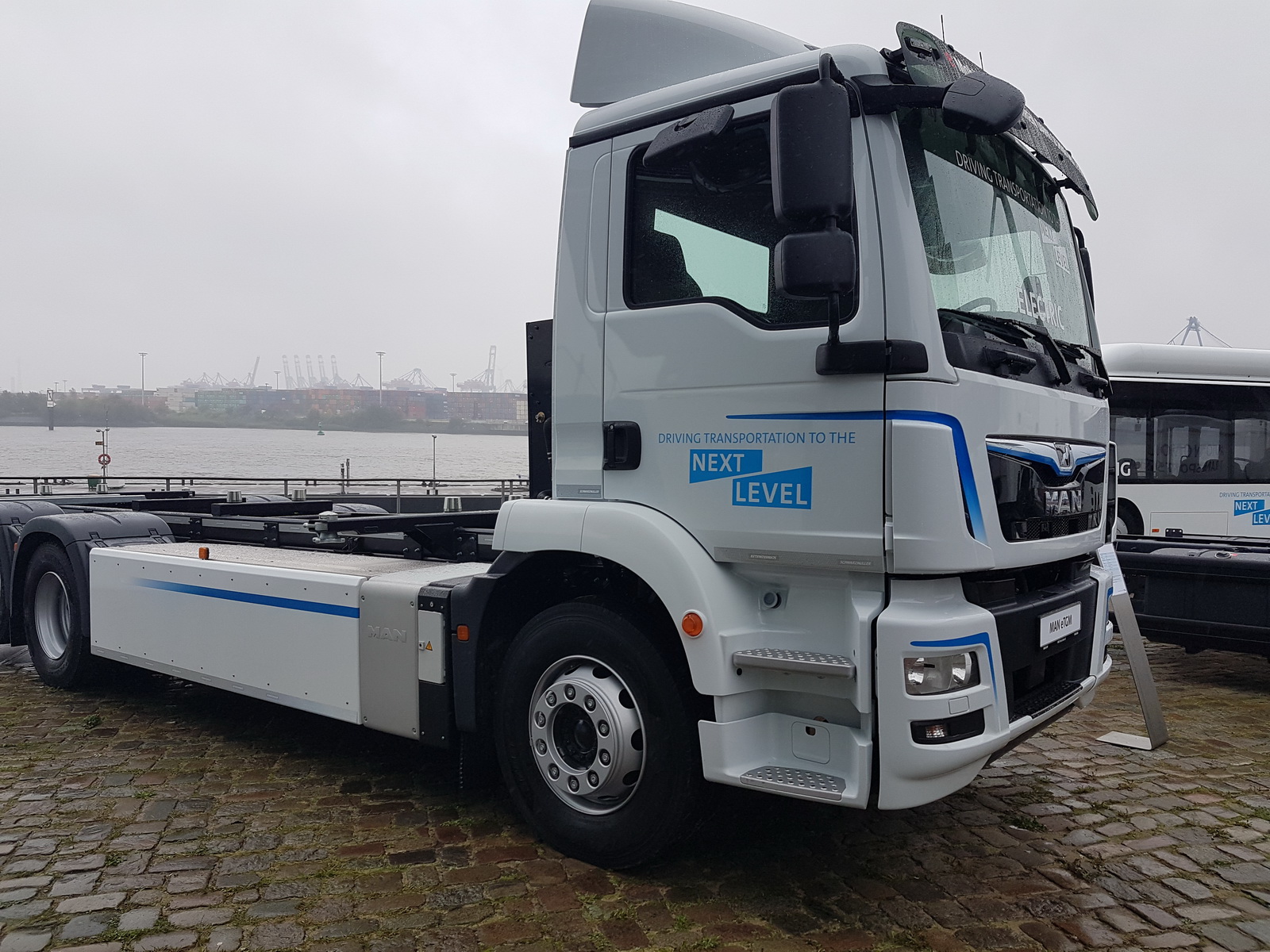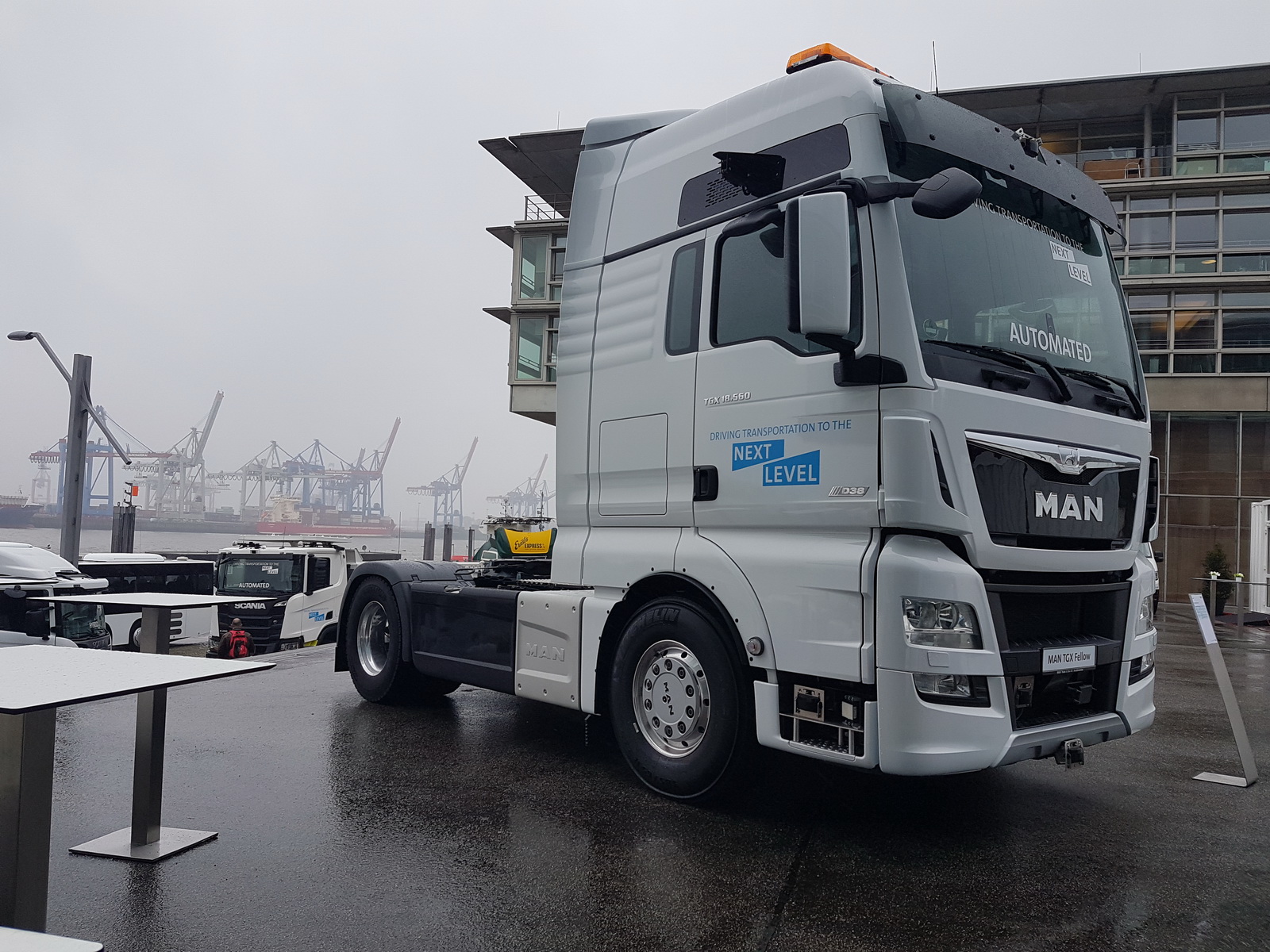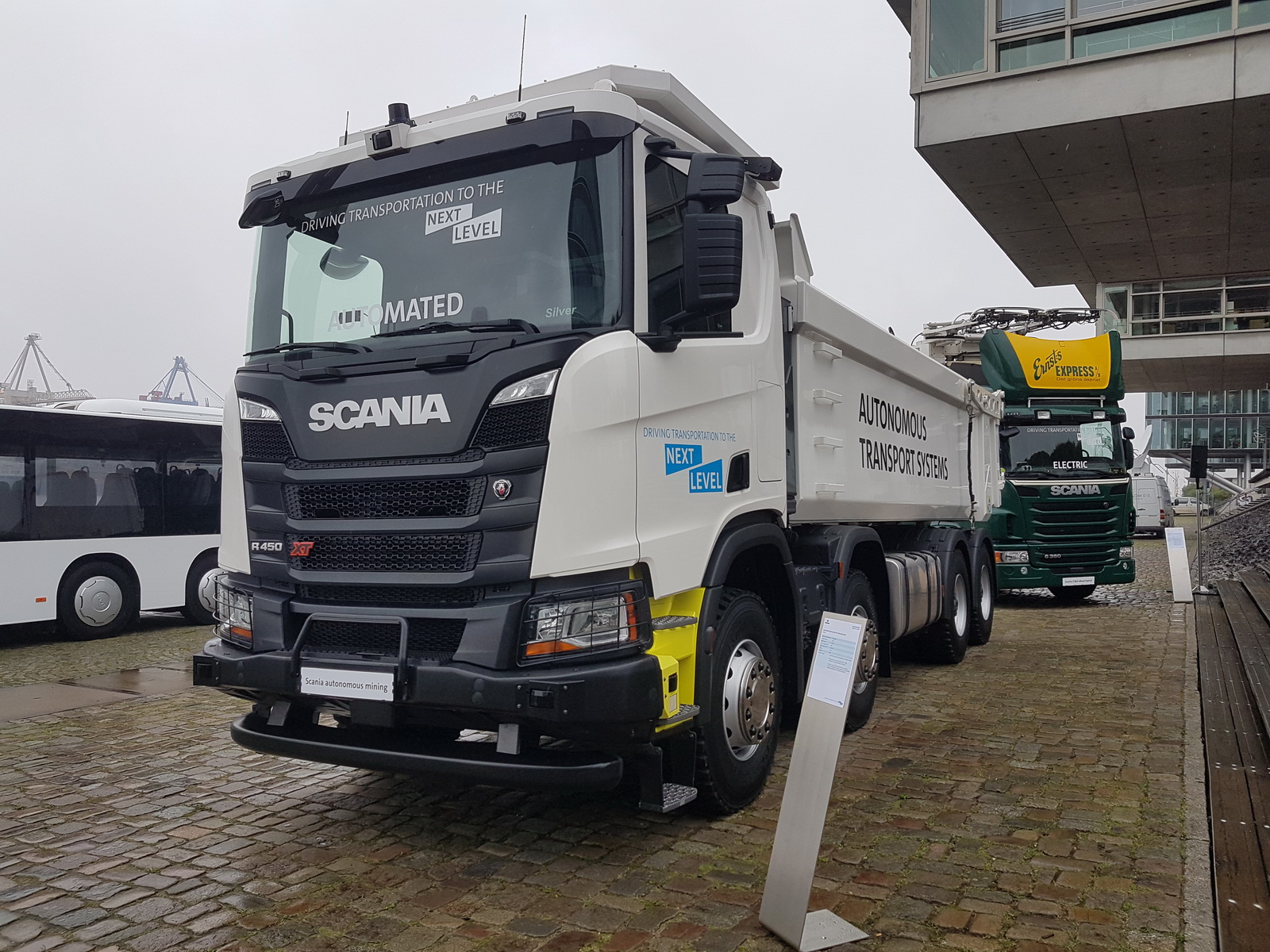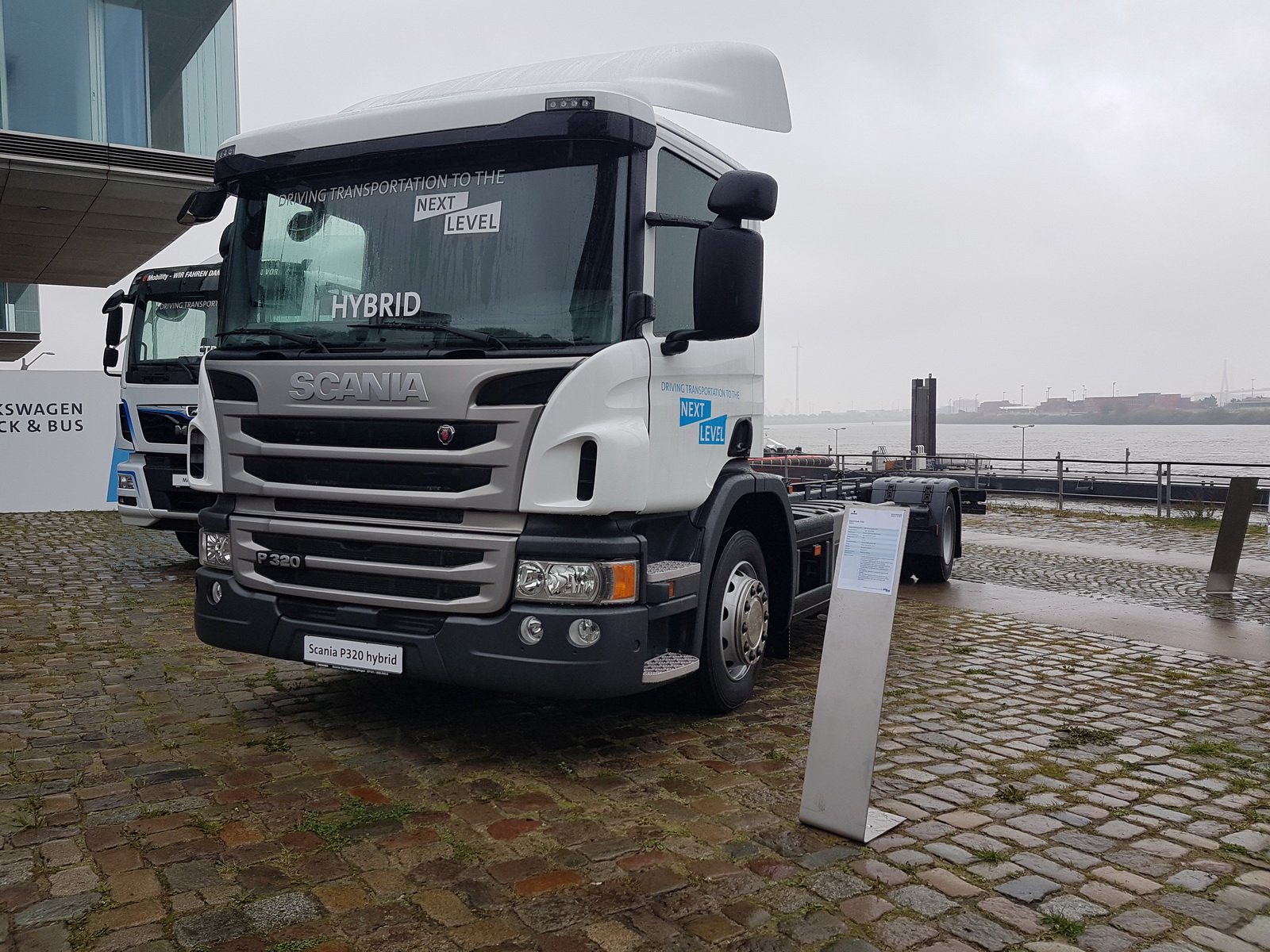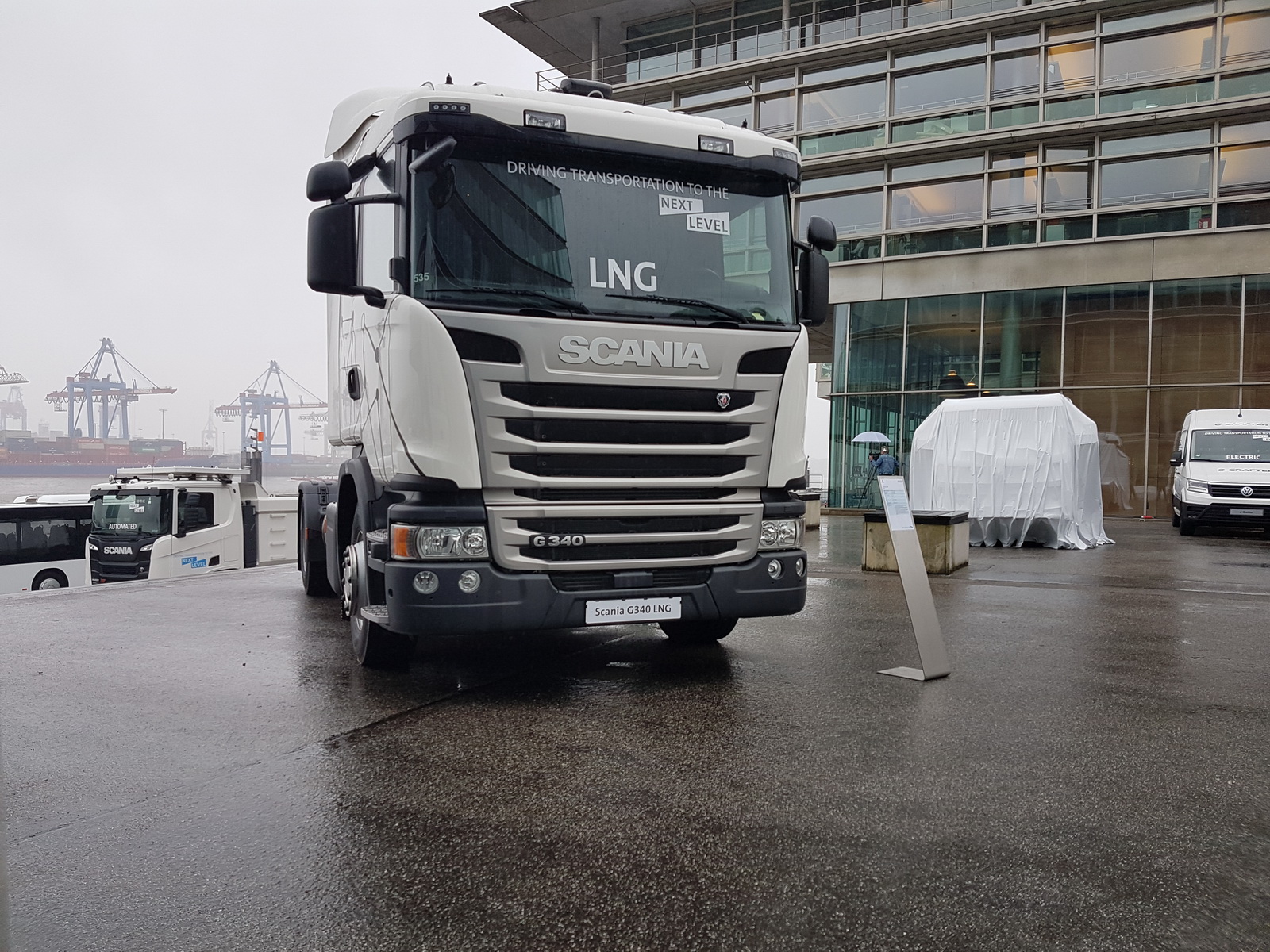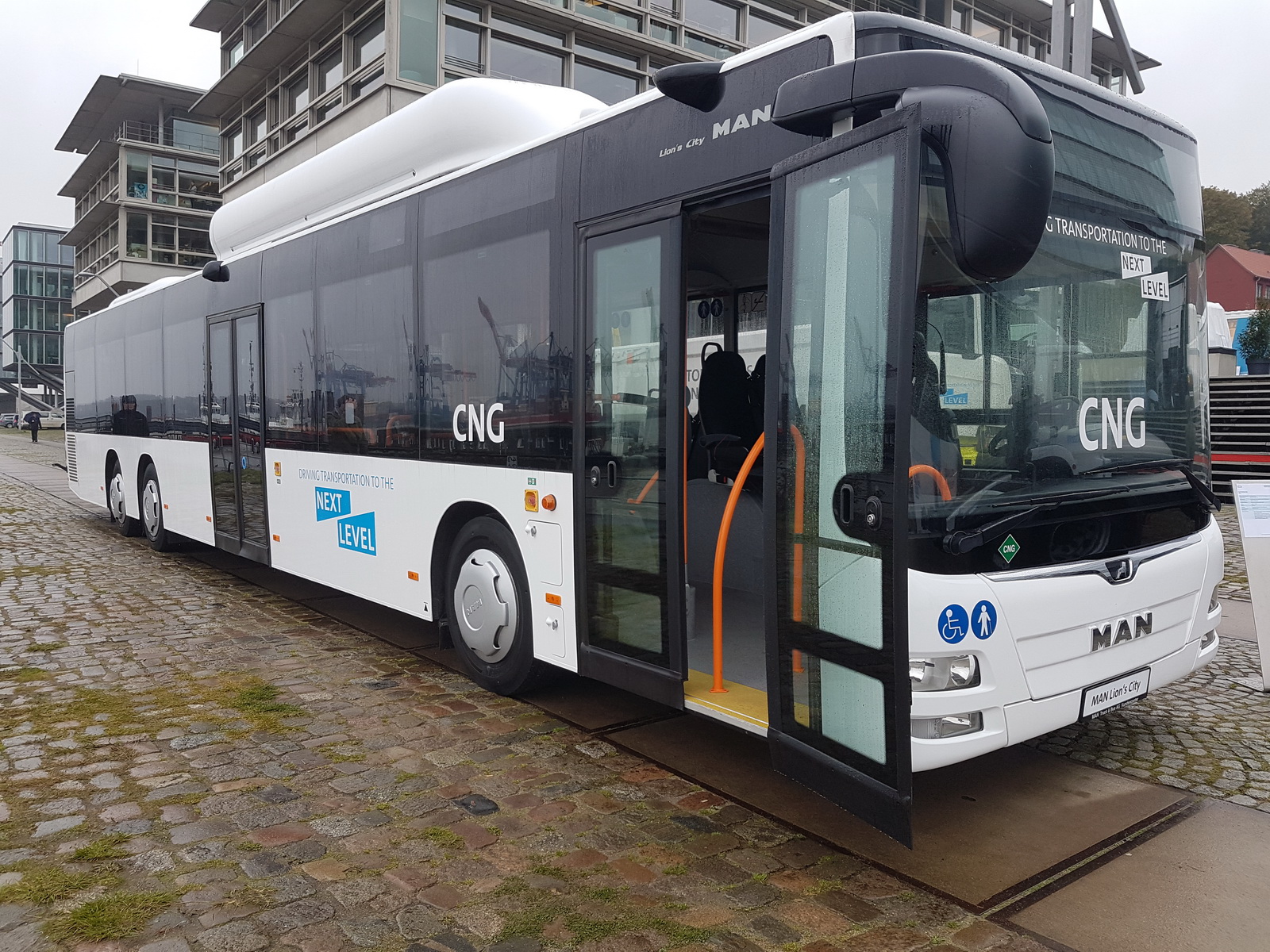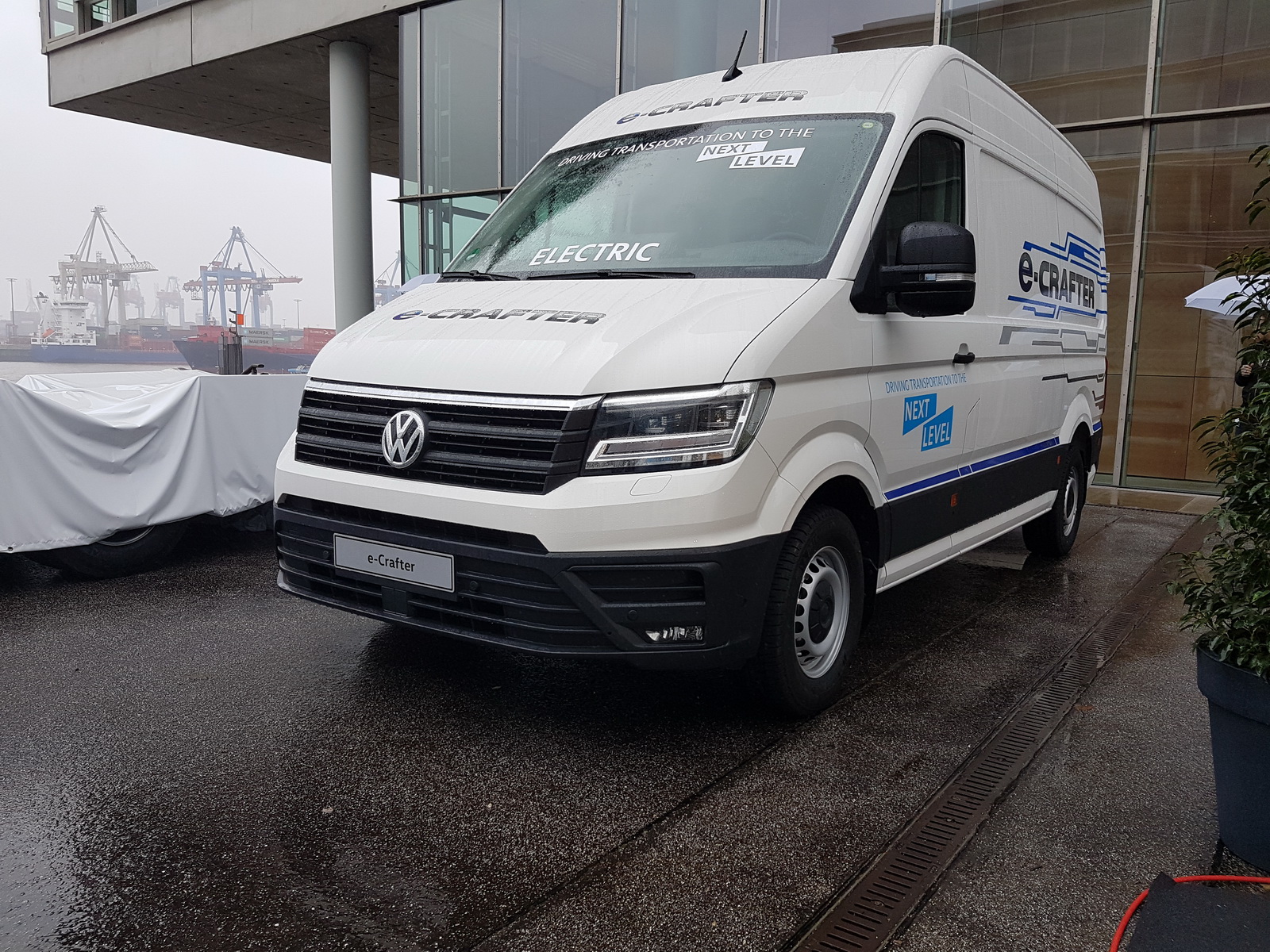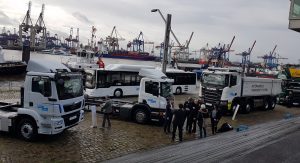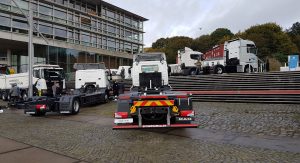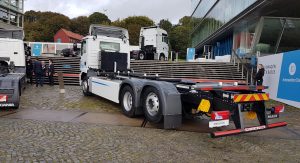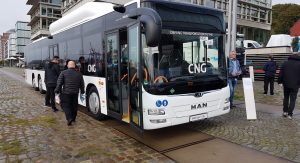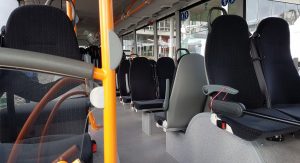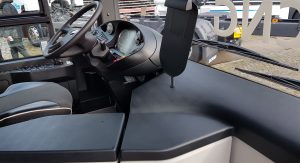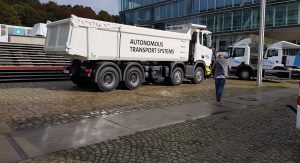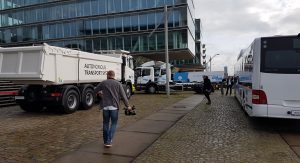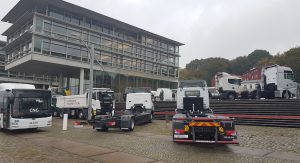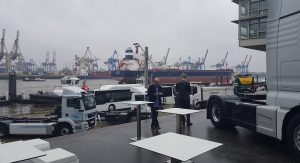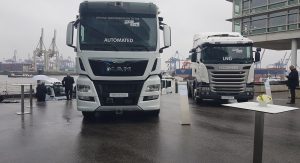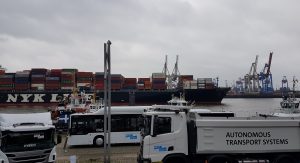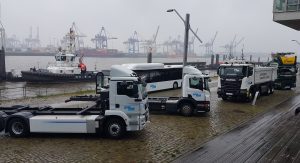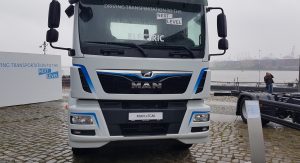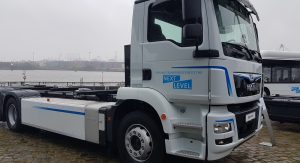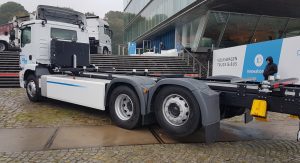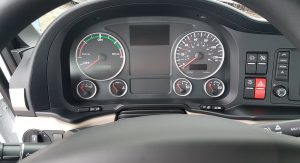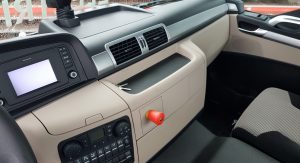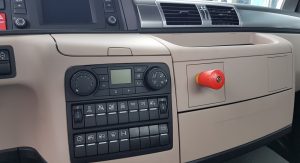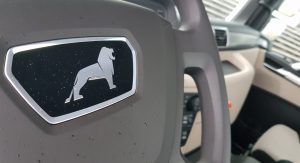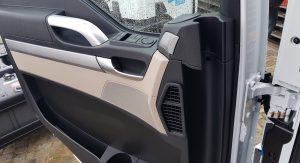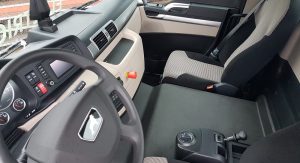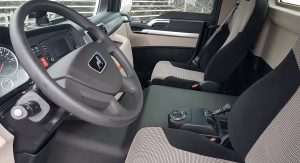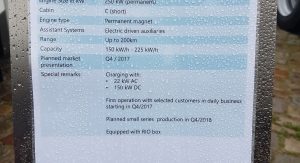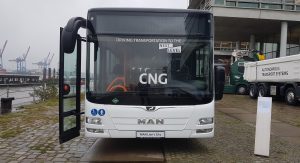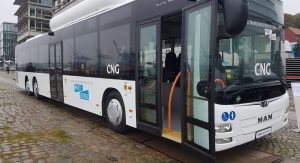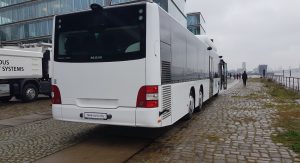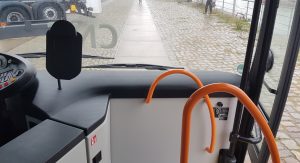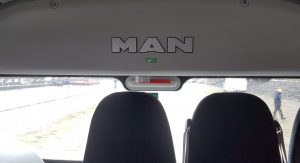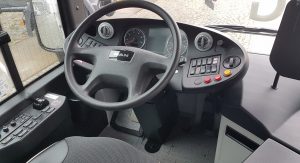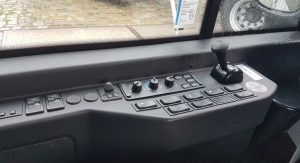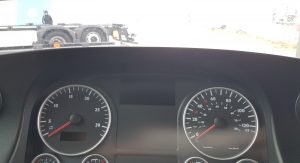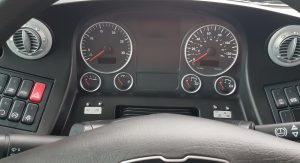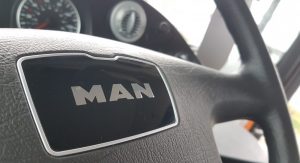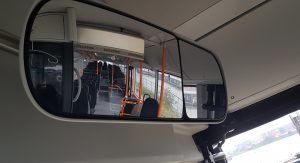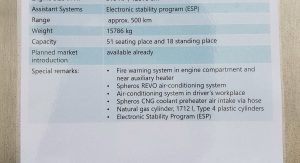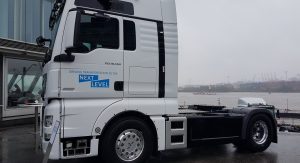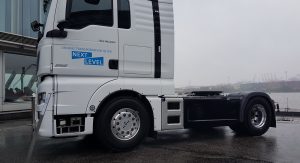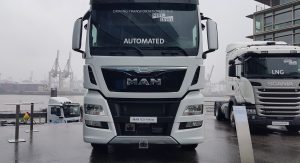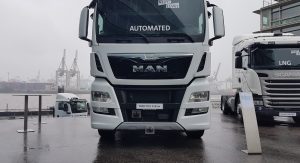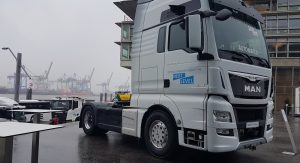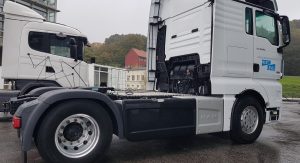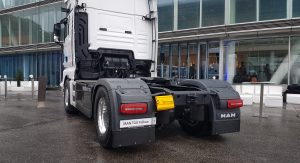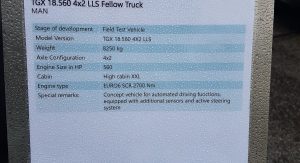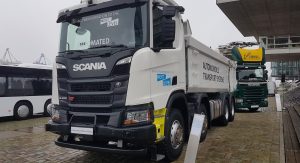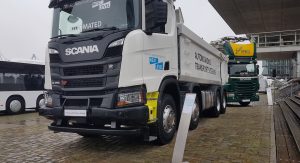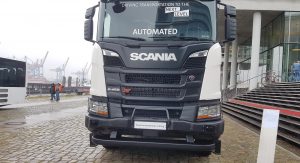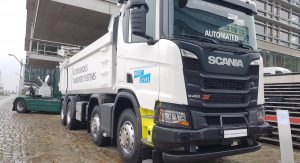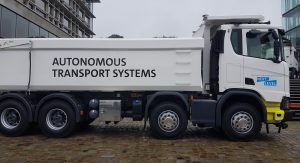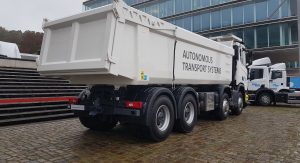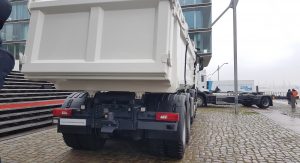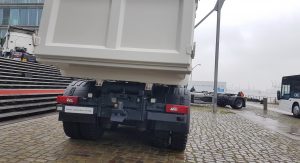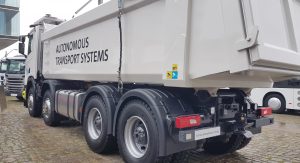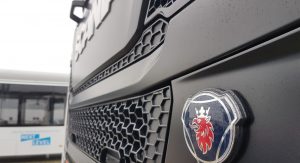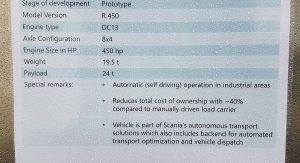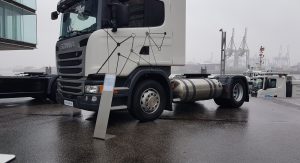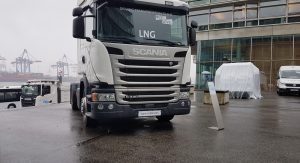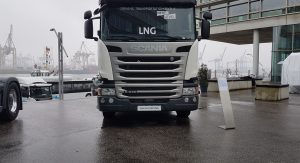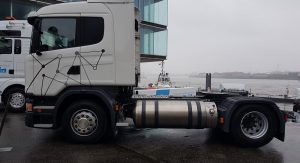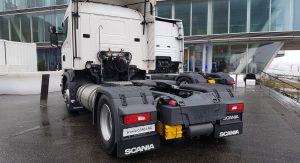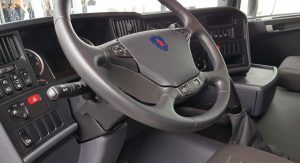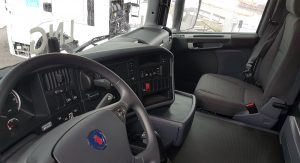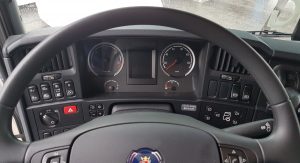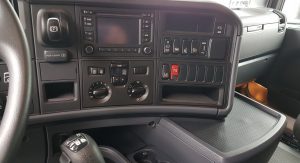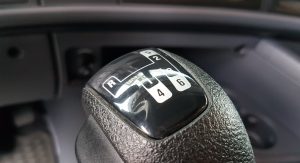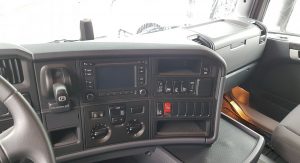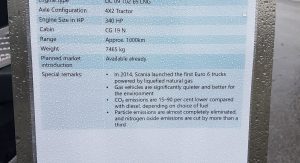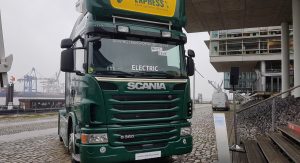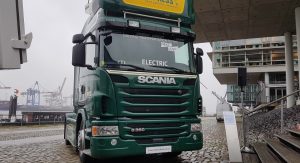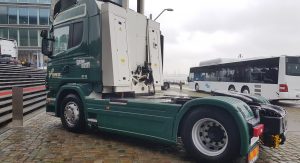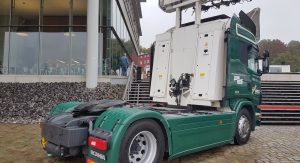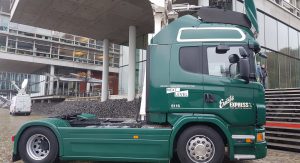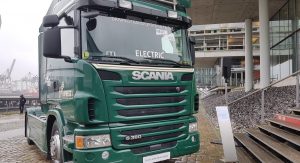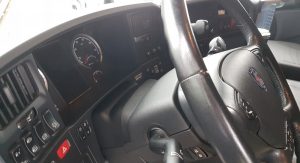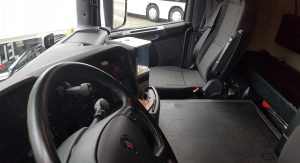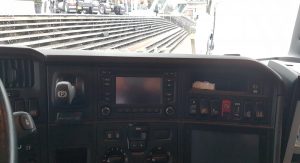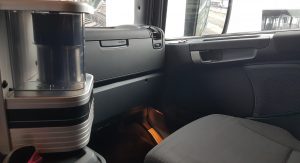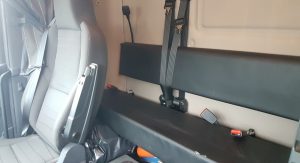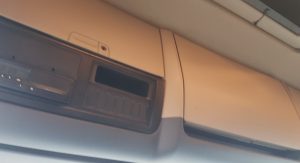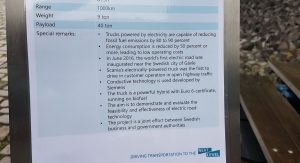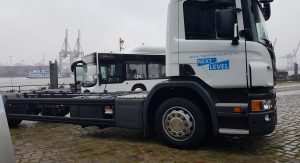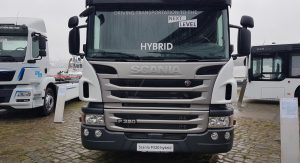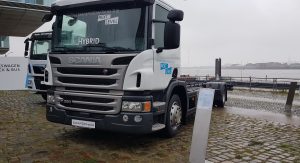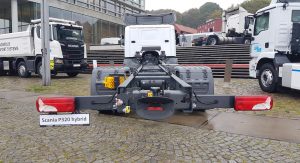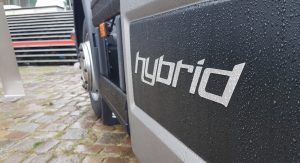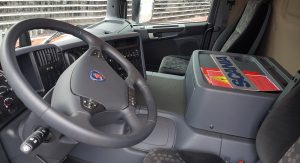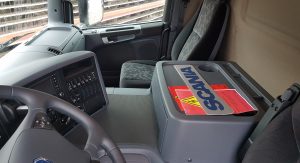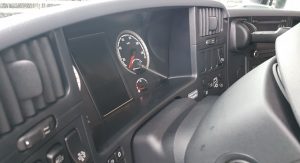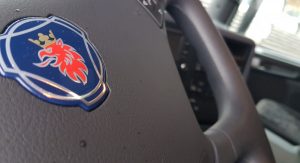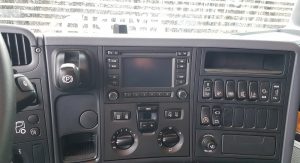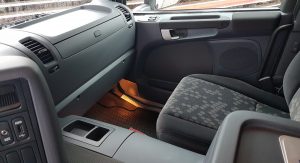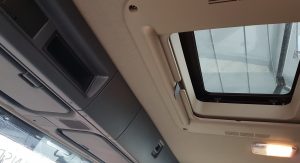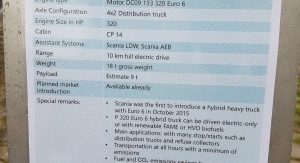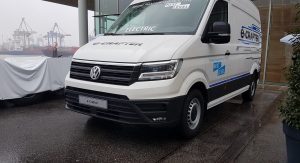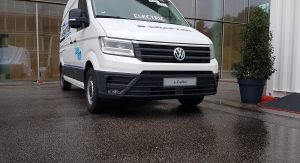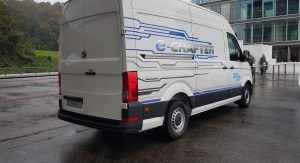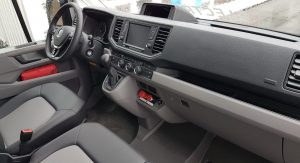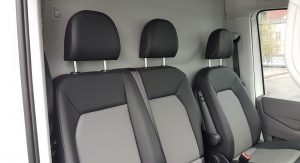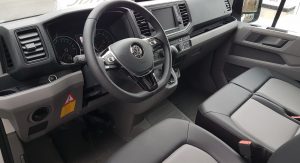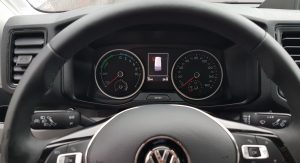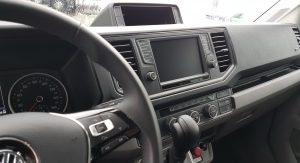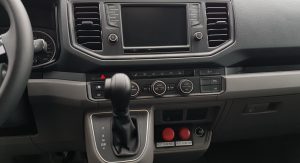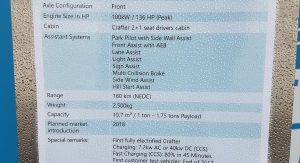The Volkswagen Group promises to revolutionize public, short, and long haul transportation by applying innovative solutions to these fields through a new €1.4 billion ($1.7 billion) investment over the next five years .
The company’s journey started some two years ago, when they united Scania, MAN, Caminhoes e Onibus, Commercial Vehicles, and RIO under the Volkswagen Truck & Bus division, and it recently culminated with an event that took place earlier this week in Hamburg, Germany.
Developed under the same roof as the technologies already applied to their car brands, these include autonomous driving, electric, and connected solutions, as well as ‘e-roads’, which focus on overhead power lines, just as in the rail sector.
The e-roads support up to 10 trucks per kilometer, and are already used on various test tracks. Moreover, the first e-road was inaugurated in June, 2016, near the Swedish city of Gavle, and more will be implemented over the next few years in different parts of Europe, including Germany.
One of the trucks that carry this technology is the Scania G360, a field test vehicle with a range of 1,000km (621 miles). It features a hybrid powertrain that’s compliant with the Euro 6 emission standards, and has a pantograph that connects to the power lines above.
Nevertheless, until the extension of e-roads, those interested in clean driving can already have the Scania P320. It’s part of their PGR series, it features a hybrid powertrain that’s Euro 6 compliant, and it can be driven on electric power alone for up to 10km (6 miles).
On the other hand, MAN presented their eTGM, an electric truck that promises a range of up to 200km (124 miles). It’s aimed at short haul transportation within cities, it features a RIO box, and it’s going to hit the assembly lines in Q4, next year.
MAN is also interested in autonomous driving, and one of the vehicles that features this technology is the TGX Fellow Truck Concept. It features an active steering system and different sensors that allow it to operate on its own, and has an internal combustion engine that meets the Euro 6 emission standards, and makes 560PS (552hp) and 2,700Nm (1,991lb-ft) of torque.
Scania is one step ahead of MAN, and they have already launched an autonomous mining truck, that’s currently on its way to Africa, where it was ordered by a private contractor. Thanks to its autonomous driving, the manufacturer claims that the cost of ownership is reduced by approximately 40 percent.
With its electric-only function, or with renewable FAME or HVO biofuels, the Scania P320 hybrid comes with a 10km (6 miles) zero-emission drive. It’s already available for order, and it’s aimed at the distribution sector.
Those who aren’t fans of diesel engines but still raise their eyebrows when it comes to electrified trucks can go ahead an order the Scania G340, with its LNG (Liquefied Natural Gas) powertrain that makes 340PS (335hp), and comes with a range of approximately 1,000km (621 miles).
Until public transportation becomes cleaner, MAN took the opportunity to unveil their Lion’s City bus. It’s a production version, which uses an inline-six supercharged petrol engine that runs on CNG (Compressed Natural Gas), has a range of approximately 500km (311 miles), and can transport 69 passengers, 51 seating and 18 standing.
The Volkswagen E-Crafter evolved from the concept shown last year, into a pre-series production version, and the first zero-emission van will be delivered by the end of the year. It has a 160km (99 miles) NEDC-estimated driving range, and uses a 136PS (134hp) and 290Nm (214lb-ft) of torque electric motor, fed by a 43kWh lithium-ion battery pack.
Whether it’s Level 1 to Level 5 autonomous driving, platooning, connected solutions, or alternative fuel powertrains, the Volkswagen Truck & Bus division seems to have it all. However, despite their commitment to revolutionize these segments, they’re not quite ready to ditch diesel engines, not even in the future.
And to quote one of the execs who spoke to us at the media event, “all options are open” on their path to becoming #1. Whether they succeed is a question that will be answered in the coming years, but they do have a gigantic budget at their disposal to invest into alternative fuels and digital solutions by 2022, not to mention that they also benefit from all the technologies developed by the car brands, under the VW Group’s roof.
Some might be wondering why they’re not interested in fuel cell vehicles, and according to execs, the current generation tech isn’t “interesting” at all. Still, things could change once the next generation of fuel cells appear, probably around 2030, and if they’re as innovative as expected, then they could pose a threat for the battery-powered vehicles.
Photos: Cristian Gnaticov/CarScoops



